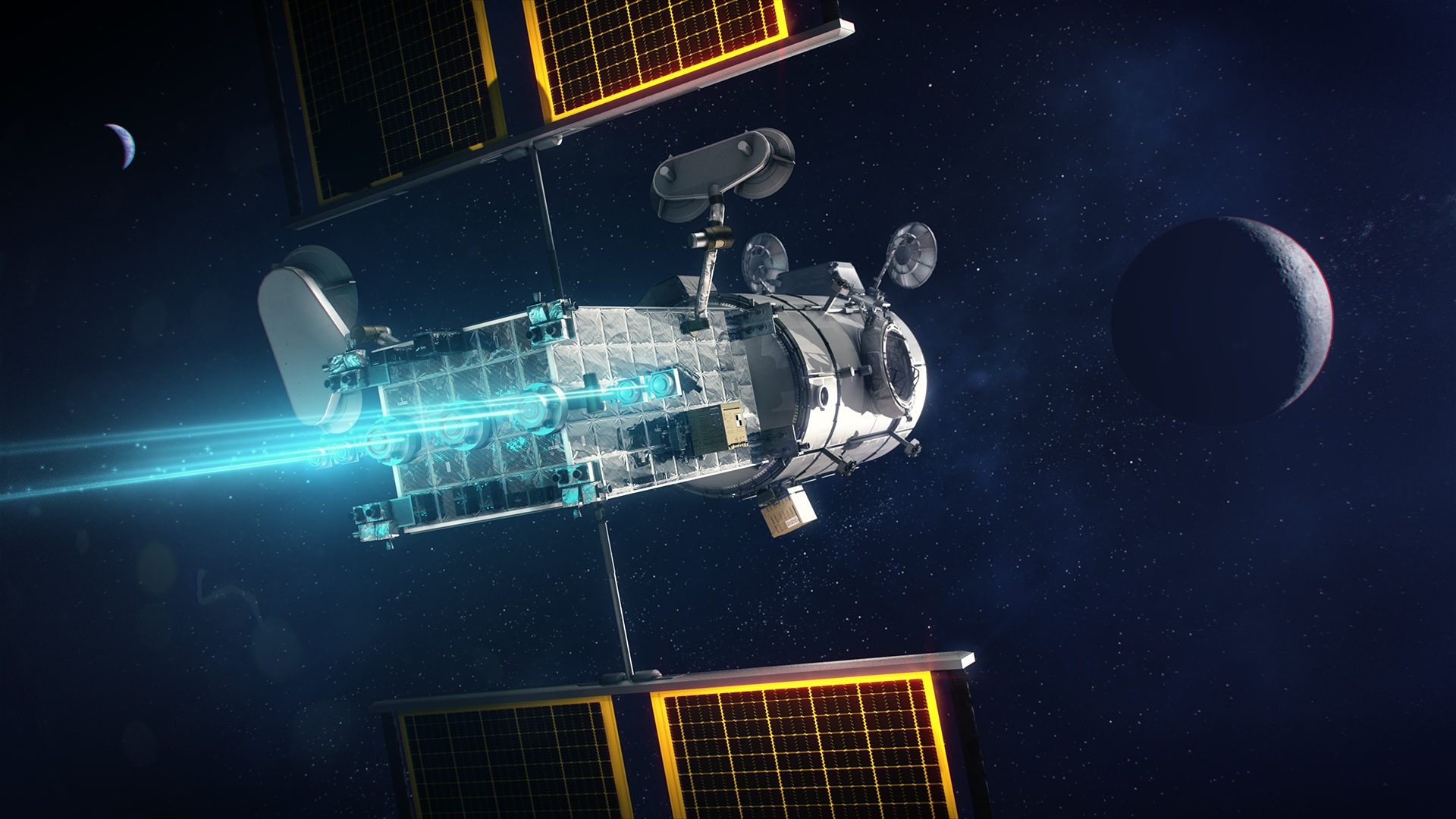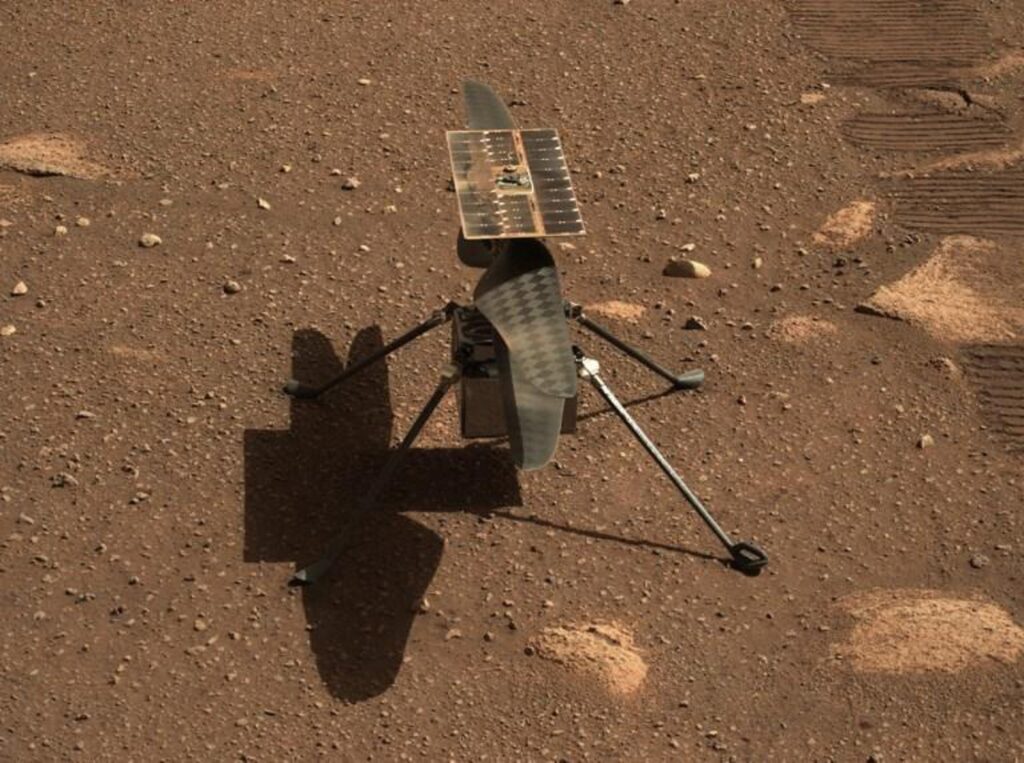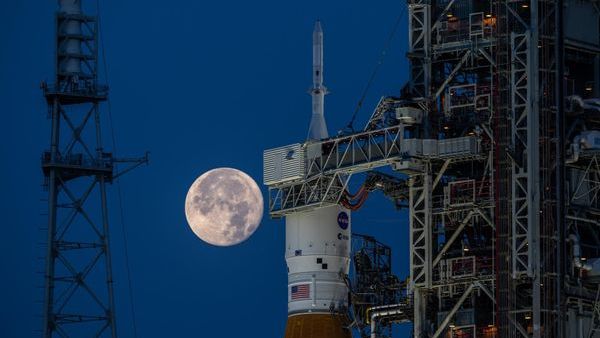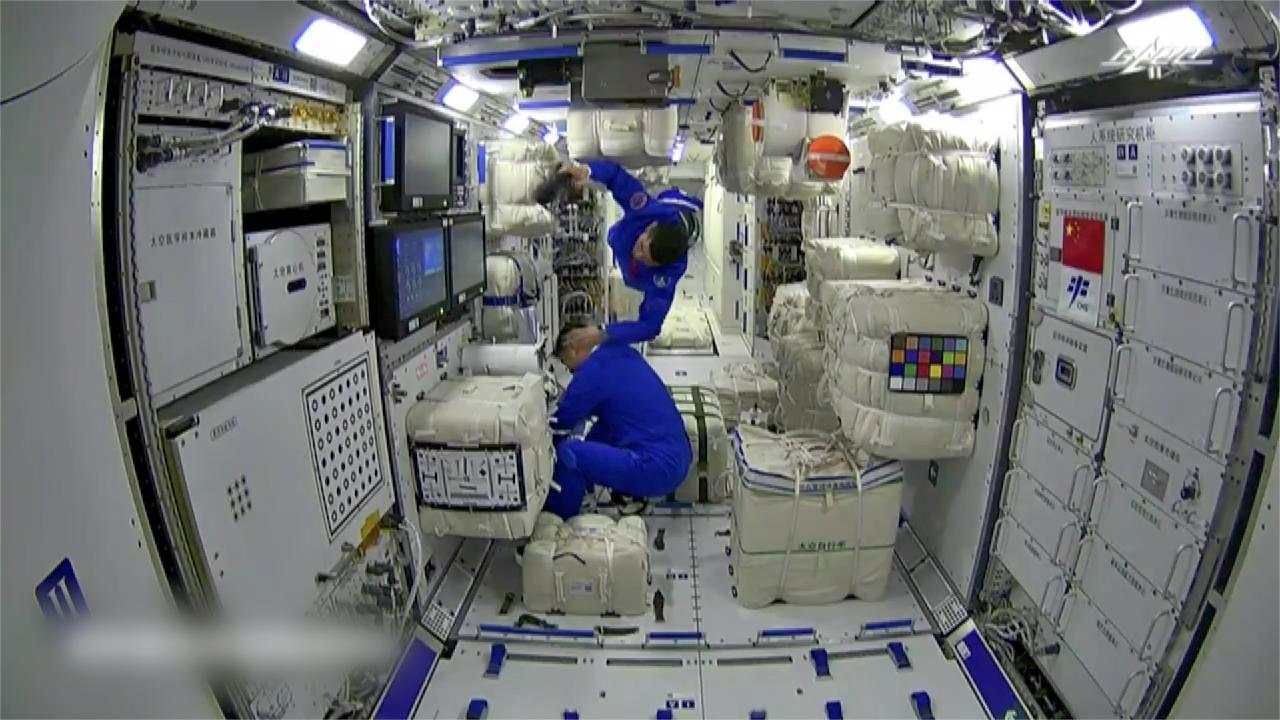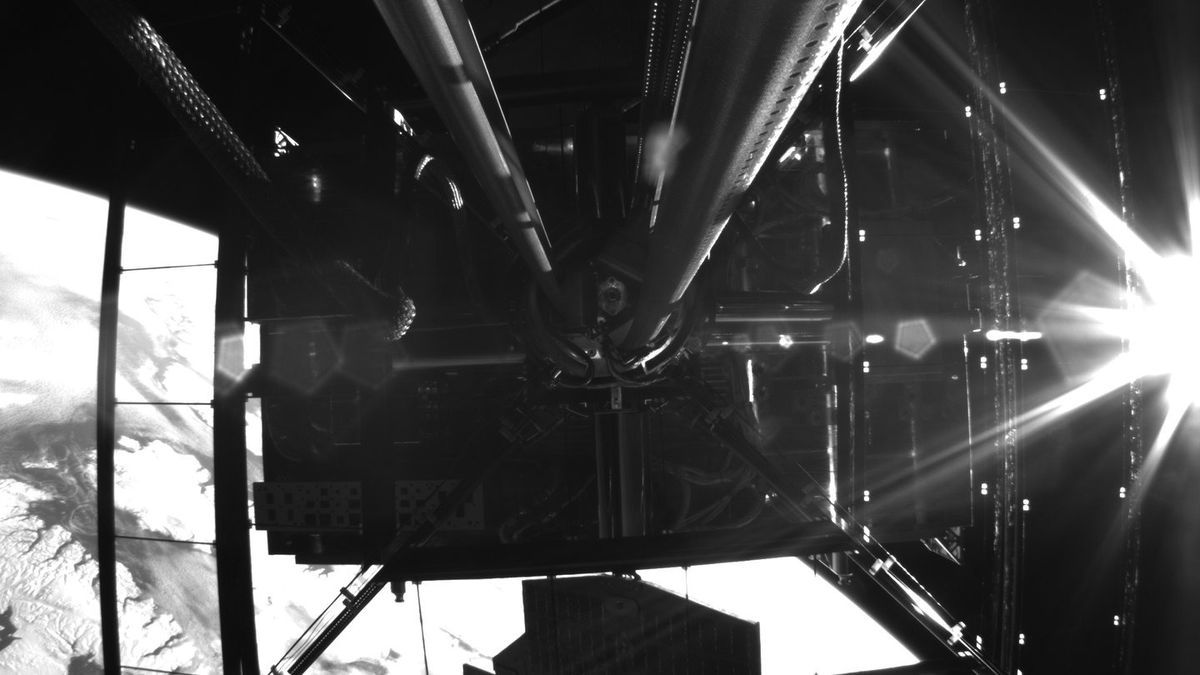Spanish scientists investigated sending a spacecraft to Mars using electric propulsion methods instead of chemical rockets.
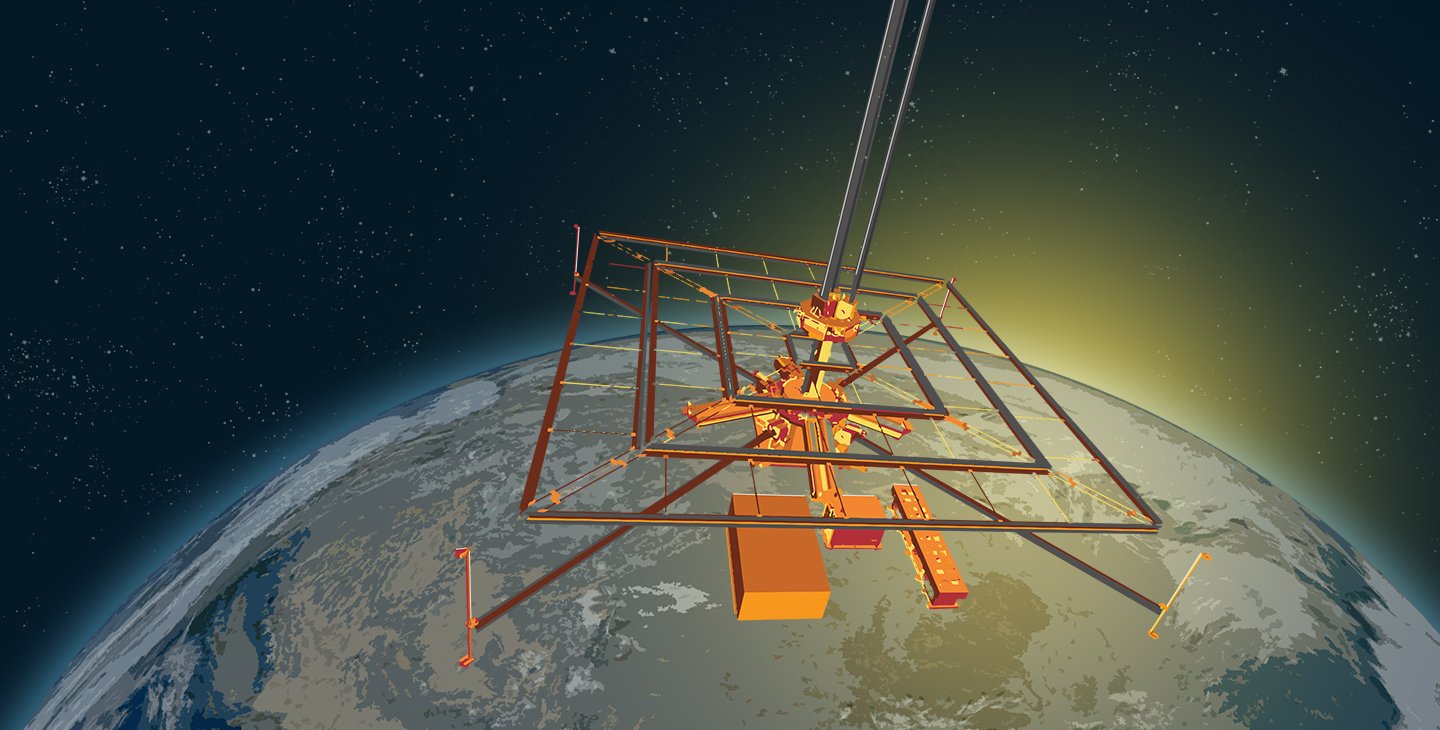
Electric Propulsion Systems for Mars: Efficiency vs. Speed
While not ideal for transporting huge payloads into orbit, electric propulsion methods are efficient in space. Electric propulsion systems need 10-40% of launch mass as fuel, unlike chemical rockets, which use 70-90%. They are slower in space because of reduced thrust. The team planned to place a 2000-kilogram spacecraft in a 300–1000 km polar orbit around Mars.
A study compared electric propulsion systems and required them to function at high thrust. The main propulsion system was the Hall Effect thruster BHT-6000.
It employs Xenon and Krypton propellants and 2–6 kW of power. Simulations compared the BHT-6000 to a typical chemical propellant for Mars. The BHT-6000-powered mission took 3.2 years from launch, while the chemical rocket took under a year. However, the chemical propulsion system weighed 2.4 times more than the electric.
READ ALSO: 2023 Global Space: Moon, Asteroids, and Rockets Dominate
Cost-Effective Mars Missions: Electric Propulsion’s Trade-Off
Despite the extended trip time, electric propulsion saved money. At a conservative $10,000 per kg launch cost, electric propulsion saved roughly $30 million over chemical. This cost savings may make electric propulsion appealing to space exploration agencies with limited funds. The study underlines the trade-off between travel time and cost savings and supports electric propulsion methods for future deep space missions, especially unmanned ones.
Electric propulsion is not currently planned for deep space missions, but technological advances may make it more plausible.
